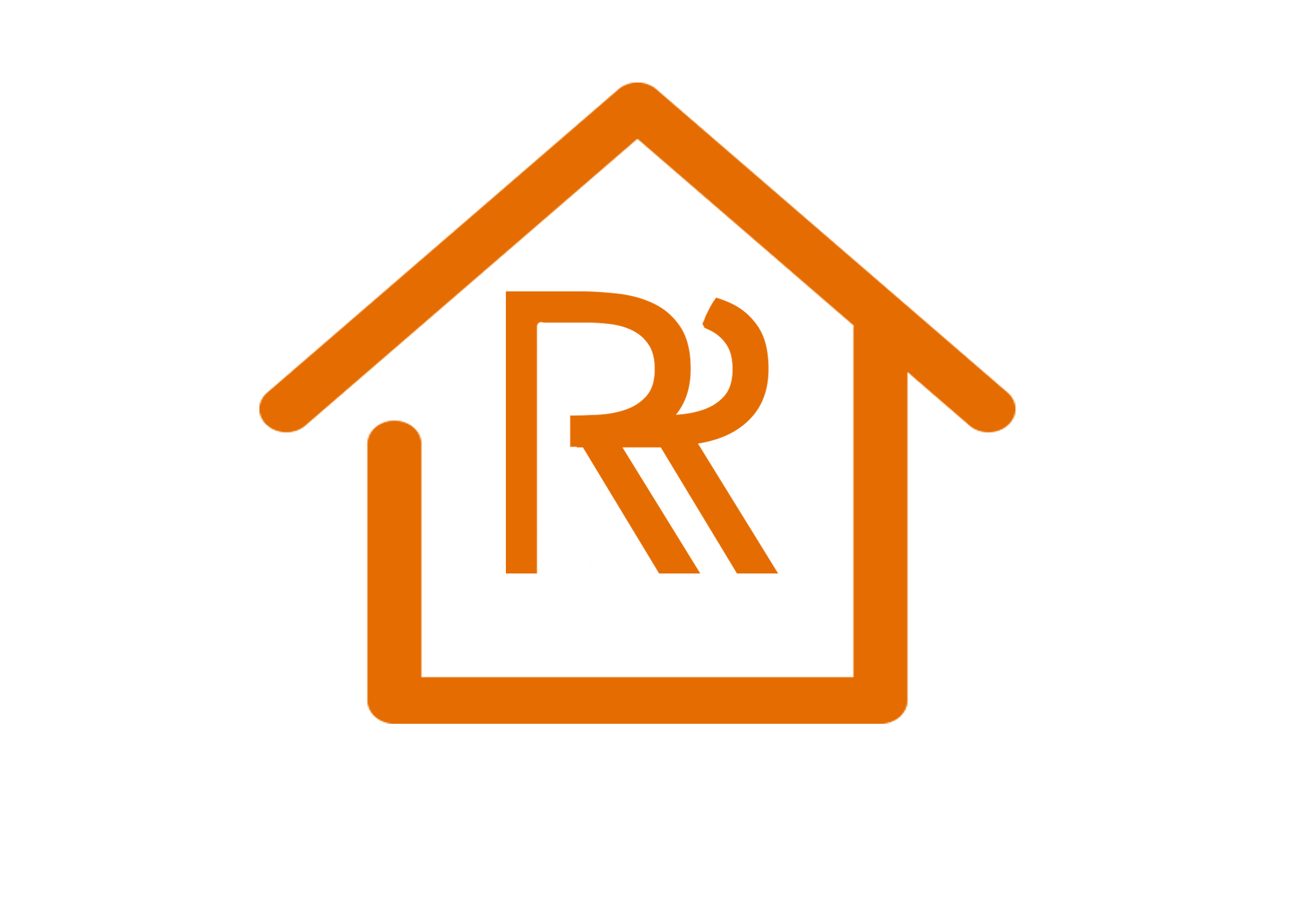Often referred to as color flakes or color chips, these little blasts of color can help create some beautiful custom garage floor coatings with just a little creativity. However, besides some distinct advantages to using them, they also tend to generate a lot of questions about color combinations, floor coverage rates, the size of the flakes, and how to apply them.
What are Color Flakes?
In the industry, decorative vinyl color flakes are polymer paint aggregates made of acrylic and vinyl resins. This combination creates a thin flake 4 – 5 mils in thickness. They are U.V. stable and are available in over 150 custom colors. They can even be custom color-matched. The shape of the flake is random and is available in sizes from 1” in diameter down to 1/32”. The 1/4” flake is the most common size used in garage floor coatings.
Colors are blended to create a particular look and then applied at a coverage rate determined by you. Typical coverage rates are light, medium, heavy, and full refusal. Full refusal is when you apply the color flakes until the entire floor is covered, and they will not stick anymore. One advantage to full refusal color flakes is that you can custom design your garage floor to almost any color combination you like.
How to Choose Color Flakes
As a tip, it’s always wise to err on caution and get a little more flakes than you think you may need when purchasing them. One thing to remember when determining your color choices is the base color coat of your floor. Grays and tans are the most common base floor colors, but you can also do off whites and other colors. If you are doing a garage floor to full refusal, keeping the base color coat in the same color tone range as the color flakes is still essential.
There are some examples where you may not want to use color flakes. For example, a coating without flakes is preferred if your garage is used primarily for working on cars or other projects involving smaller parts such as nuts, screws, springs, cotter pins, etc. All those flakes tend to camouflage and hide these small parts. When dropped on the floor, you can spend a bit of time hunting the part down among the background of flakes. A garage floor coating with no flakes provides a solid color that makes it easy to find tiny parts.
Most color flake selections are a three or four-color blend. This has proven to be the optimal number of colors that provide the best combinations that are pleasing to the eye. With such wide varieties, choosing a predetermined blend is generally the easiest. However, you can experiment with your custom color blends if you like. When doing your mix, we recommend picking a dark color and then a light color to start with. Black and white is a good example. Next, choose a medium color for the third or fourth option and experiment with the blend ratios.
How to Apply Color Flakes
When applying a garage floor coating yourself, the color flakes are always applied immediately after applying the base color coat of your epoxy coating. You want to start the application within 10 minutes of the final back roll while the coating is still soft and tacky. This allows the flakes to sink into the coating to achieve a good bond slightly.
Once the flakes have been applied, it’s essential to apply a clear topcoat. The topcoat is what locks in the color flakes and protects the color coat. For example, a thinner topcoat will provide texture to a heavily flaked garage floor. A thicker topcoat will create a smoother surface without as much texture.
The most effective method is to place them in an empty bucket and then grab a small hand full at a time and toss them high into the air like you are feeding chickens. They should be close to bouncing off the ceiling. This allows for the flakes to disperse much better as they arc up into the air and then land back down on the coating in a nice and even dispersal. Do not toss the flakes directly on the floor. This will create dense areas of flakes that spread out in a “V” shaped pattern and are very hard to correct.
Once done, sweep and then vacuum up the loose flakes. After that, you will need to scrape the surface to break off flakes clumping in piles or sticking straight up in the air. Once you are done, sweep again and then use a shop vac over the surface.
Because the surface is rough and irregular, the shop vac does an excellent job pulling up any remaining loose color flakes. We even recommend using the plastic floor attachment of the shop vac as a final scraping tool as you go. However, don’t fret about getting every color flake. What you don’t get will become part of the topcoat.
Why Choose Rush & Reef?
Rush & Reef is one of the industry leaders in concrete coatings in Dallas, Texas. We are thrilled to offer our excellent services, including garage coatings, concrete coatings, commercial floor coatings, concrete staining, basement coatings, metallic epoxy floors, epoxy floor coating, and solid color epoxy.
Rush & Reef proudly services the areas of Fort Worth, McKinney, Frisco, Dallas, and Plano.
Rush & Reef is here to help you with whatever your concrete coating needs are. So, give Rush & Reef a try today!
Get A Free Quote
If you want to get rid of old, ugly, bare, or cracked floors, we suggest calling the experts Rush & Reef. Our floor specialists use the highest-grade materials for exceptional results.
Receive a free quote at (469)-389-5807 or get a quote online at www.rushreefcoatings.com.



